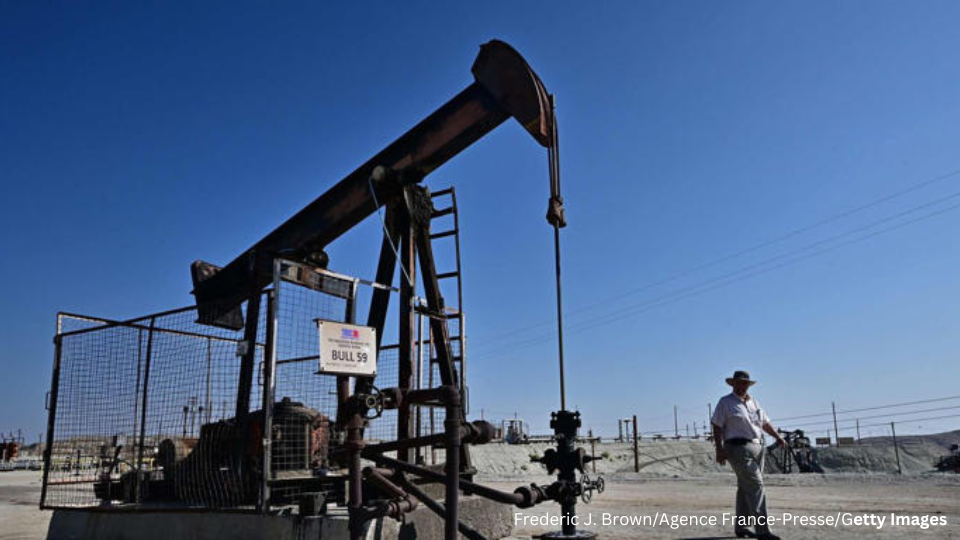There are a number of reasons for this sudden decline in oil prices, such as decreased travel, uncertain economic conditions, and energy-saving initiatives. Consequently, traders and investors are keeping a careful eye on the situation for any potential effects on the energy markets and global economy as a result of the increasing volatility seen in the oil markets. Keeping abreast of the most recent advancements in the oil industry and worldwide energy markets is imperative if one is to comprehend the consequences for customers, enterprises, and the overall economy.
Following a significant build-up in gasoline stockpiles in the United States, oil futures saw a decrease that resulted in the biggest one-day selloff in 2023. Crude oil prices fell to their lowest points in more than a month as a result of this fall. These are the main ideas:
On the New York Mercantile Exchange, West Texas Intermediate (WTI) crude for November delivery fell 92 cents, or 1.1%, to $83.30 per barrel. This happened following the lowest closing price since August 31 in the previous session.
The world benchmark, December Brent crude, fell 81 cents, or 0.9%, to $85 a barrel on ICE Futures Europe. Brent crude had fallen to its lowest level since August 29 the day before.
On Tuesday, there was a notable 5.6% decline in the prices of WTI and Brent crude.
Variations in worldwide demand, geopolitical events, changes in gasoline stocks, and economic conditions all have an impact on these price swings. Investors and traders are keeping a careful eye on the oil market to determine how it might affect energy costs and the overall state of the economy. It’s critical to keep abreast of changes in the oil sector in order to comprehend potential effects on firms, customers, and the financial system.
The following significant causes contributed to the drop in crude oil prices:
Build in Gasoline Stocks: In the week ending September 29, there was a notable 6.5 million barrel increase in U.S. gasoline stockpiles, according to the Energy Information Administration. Analysts had not expecting any change in inventories, thus this came as a surprise. The excess of gasoline inventories impacted the markets for crude oil.
Economic anxieties: Rising interest rates and worries about a possible recession in 2024 fueled market anxieties. The prospect of a recession might lower demand for oil and drive down the price of crude oil.
Crude Futures Curve: Variations in this curve also had an impact. Prompt crude prices suffered as a result of the curve structure shift. Future dynamics of supply and demand may be anticipated by the market, as indicated by the curve’s form.
Profit-taking: When WTI and Brent crude oil prices topped $90 a barrel the previous month, analysts saw an increase in speculative long bets. Because of this optimistic outlook, traders locked in gains and took profits. According to data from the Commodities Futures Trading Commission, net long positions in WTI futures hit a 22-month high of 314,519 contracts.
Market Sentiment: Investors with long positions responded to the recent decrease in prices, with WTI falling more than 10% in the five days that followed its September 28 one-year high of $95.05. The swift shift in market sentiment was a contributing factor to the volatility of prices.
These market drivers demonstrate how interrelated the oil market is and how different factors, such as investor attitude, economic conditions, and inventory levels, may have a big impact on price changes. In order to make wise choices in the energy market, traders and investors keep a constant eye on these dynamics.
Follow us on social media: Instagram, Threads & Twitter @nya360_ YouTube & Facebook @nya360.





